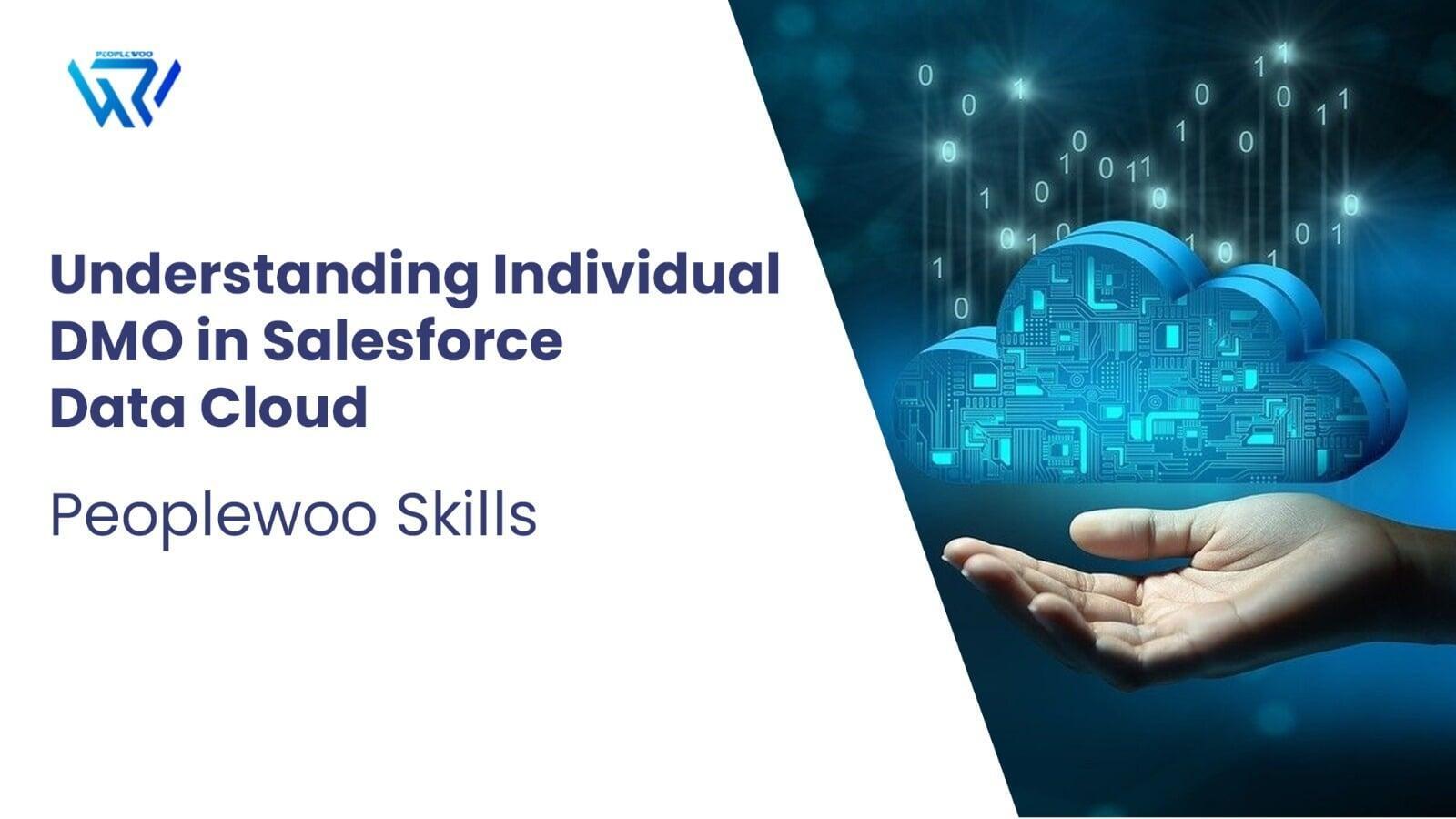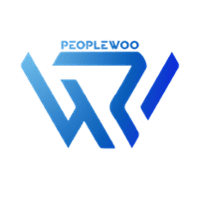
The Individual Data Model Object (DMO) lies at the core of Salesforce Data Cloud's ability to manage personalized customer experiences. It enables brands to create a unified, real-time profile record for each individual across all platforms using a unique Customer Key.
In this blog, we'll explore what an Individual DMO is, how it's structured in Data Cloud, and how it powers personalized customer engagements at scale.
What is an Individual DMO?
An Individual DMO represents a single customer's record within Salesforce Data Cloud. It consolidates data from multiple sources—CRM, website interactions, IoT, and more—into a unified profile identified by a Customer Key.
Watch Full Tutorial Video
Core Components of the Individual DMO
| Component | Description |
|---|---|
| Customer Key | A unique identifier for each individual in Data Cloud. |
| Profile Attributes | Key fields such as name, age, and email linked to the customer. |
| Behavioral Data | Logs of interactions like clicks, purchases, and site visits. |
| Profile Extensions | Custom objects linked to individual profiles (e.g., preferences or loyalty data). |
| Identity Resolution | Merging profiles across channels through matching strategies. |
Why the Customer Key Matters
The Customer Key ensures that every customer is represented by a single, unified profile across all connected systems and data sources. This is essential for:
- Accurate personalization and targeting
- Unified opt-in and consent management
- Reliable analytics and engagement measurement
How Individual DMO Powers Real-Time Actions
In real-time use cases, Salesforce Data Cloud continuously updates the Individual DMO to reflect new events and attributes:
- New data is ingested and mapped to each customer’s DMO.
- Segmentation rules dynamically update attributes and extensions.
- Connected systems like Marketing Cloud or Personalization Studio use these updates instantly for targeting and content delivery.
This enables organizations to react to customer behaviors immediately—offering a personalized experience across channels.
DMO vs Traditional Contact Models
| Feature | Traditional Models | Individual DMO |
|---|---|---|
| Profile Scope | Channel-specific (email, mobile, CRM) | Holistic, cross-channel |
| Data Updates | Batch-based | Real-time streaming |
| Identity Stitching | Manual or third-party | Built-in via identity resolution |
| Activation | Limited to specific systems | Available across Marketing Cloud, Personalization, and CDP |
Best Practices for Implementing Individual DMO
- Define a consistent Customer Key across all connected systems.
- Map essential profile and behavioral attributes within the Data Cloud schema.
- Set up identity resolution rules to merge known and anonymous profiles.
- Use real-time activation for personalized content across channels.
- Monitor data quality and resolve mismatches regularly.
Deepen Your DMO Skills with Peoplewoo Skills
Take your Salesforce Data Cloud expertise to the next level with our live instructor-led training. Master Individual DMOs, identity stitching, real-time segmentation, and activation through real-world projects.
Start Your Salesforce Data Cloud Career Today
Join hundreds of successful learners at Peoplewoo Skills and build a rewarding career in Data Cloud, marketing automation, and CRM consulting.
- Live, instructor-led training with real-time practice
- Hands-on experience with Salesforce Data Cloud projects
- Access to sandbox orgs and real datasets
- Free demo sessions and career mentorship
- Certification preparation and placement guidance
Be part of the growing Peoplewoo Skills community — where professionals upskill, grow, and launch their Salesforce careers.
Frequently Asked Questions (FAQ)
Conclusion
The Individual Data Model Object forms the foundation of identity unification and real-time personalization in Salesforce Data Cloud. By maintaining a single source of truth through consistent Customer Keys and robust mapping, businesses can deliver powerful, connected experiences across all touchpoints. Mastering the Individual DMO unlocks the full potential of Salesforce’s data-driven marketing ecosystem.
More SFDC Resources
Start your SFMC journey today — join our Live Training or learn at your own pace with our Udemy Course.
Need help? Chat with us on WhatsApp anytime.
Learn. Practice. Get Certified. Succeed with Peoplewoo Skills.

